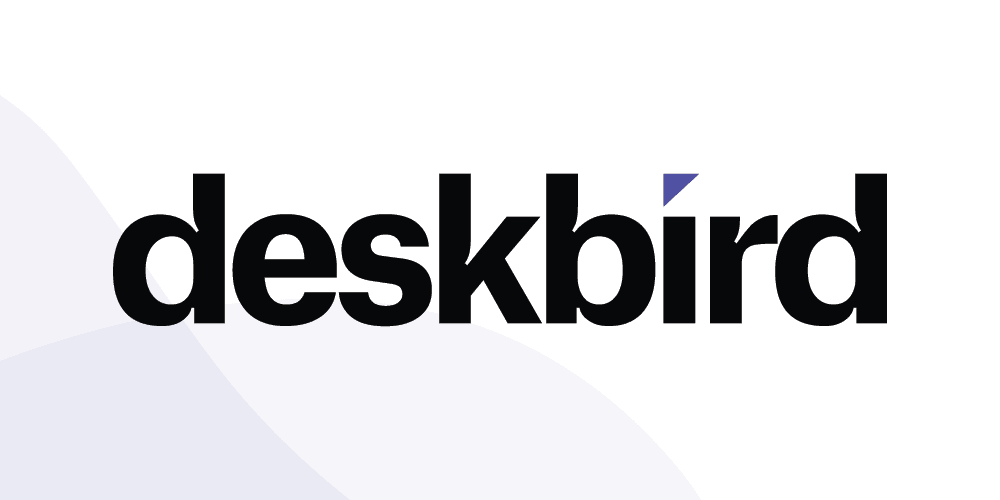Let’s not Rush the Transition to Hybrid Working

As forward-thinking approaches and new tech are constantly tested, one might feel rushed to transition to hybrid working without even figuring out what exactly it brings to their business.
No one should be rushed to decide how this hybrid future will look for their company. Every organization is unique, and there is no reason to follow blindly what others do.
We still have time now to consider the hybrid work model wisely. But don’t be confused; this is not about a “wait and see” approach.
We do need to take action to see the future we want. However, let’s take that action with contemplation and attention to values that shape a healthy work-life balance and nurture authenticity in the workplace. Sometimes, it takes slowing down to be at the forefront.
What Hybrid Means for You
Having the possibility to occasionally escape from the office is what makes it great. Letting go of the office buzz for some time just makes the return more exciting. That’s why the workforce is so happy to jump on a hybrid train.
In 2020, a Gensler study revealed that 52% of US workers prefer a hybrid model. In 2021, 55% of employees said they’d like to be working remotely at least three days a week, according to a PwC survey. In 2022, Workforce Preferences Barometer showed that 60% of office workers expect to work in a hybrid mode.
Teams are willing to bring in higher productivity and engagement with a hybrid model that works for them. It is an employer’s responsibility, though, to suggest, test, and implement a workplace strategy that’s empathetic, inclusive, and, well, actually works.
Here is one common piece of advice that we can pull from our numerous articles on hybrid work: proper communication comes first. It truly doesn’t matter the type of hybrid you implement. You should be transparent and keep talking with your team before, during, and after changes to workplace strategy.
Ultimately, this will help you understand what you want from hybrid and combine that with what your employees feel and need to deliver the best results. Hybrid does push you to adapt to people’s concerns and needs through tests and practice. That takes time. So take time to transition to a hybrid work model.
Don’t Hold Back with Authenticity in the Workplace
The sudden shift to remote work at the beginning of 2020 was a genuine shock for businesses and employees alike. Suddenly, team members were apart, and everyone was scrambling to set up workflows from home offices. The teams’ communications got tested as they left the usual buzz of their offices. Sure, such kinds of challenges are authentic in their own way.
However, with COVID-19 sticking with us and new workplace expectations emerging across industries, we must develop this stable instability in our workplaces. No matter the hybrid work model, for many, it becomes a challenge to keep work relationships and company culture authentic. And rightfully so. When corporate culture resides on stability, any shockwave can disrupt workflows, habits, and connections that teams stick to.
The first thing to remember here is that, with hybrid working, the “workplace” is no longer just a physical space. Online chats, video calls, and handy software are lifesavers for remote workers. It’s beyond important now to introduce workplace solutions that help people develop meaningful connections within work teams.
At the same time, the physical office space serves a new purpose. The above-mentioned PwC survey puts “Collaborating” as the number 1 reason for employees to turn up in the office. This is a signal for employers to develop work arrangements for nurturing collective intelligence with a hint of the company vision. However, you can go even deeper.
To compete with any other space to work, employers can build a work environment that not only has all team members at hand but also cultivates hobbies and sparks inspiration.
For collaboration and creative tasks, people want time to let their minds wander without the pressure to demonstrate active work. That’s scientifically a common process for humans: carrying out an idea by being idle. With brand events and gamification elements, fun allows for social and community benefits in the workplace.
Boredom, in this case, isn’t something you’d fight but something you deal with and make use of. Think about bringing such authenticity that people used to enjoy back at home in 2020 to the workplace, as they showed excellent productivity with it.
It’s also essential to remember about diversity in the workplace. Authenticity at work is inherently about interactions with people of various cultural backgrounds, which brings fresh ideas and solutions. The future of society is in its mindset, so let’s bring this forward-thinking mindset to work environments.
Step-by-step is a Way
It might feel comfortable thinking of various hybrid work policies as endpoints that can be employed from day one. But that’s not going to be a reality for a lot of organizations, particularly those in the more mature part of their lifecycles.
It’s better to think of these strategies as iterative steps that can be taken to move towards flexible work. This is not something you will accomplish overnight.
You’ve got to follow through when transitioning to hybrid working, with intent and purpose. As most companies tend to err on moving too quickly, you might be just the one to take the lead. In this exciting new era of work, it is well worth the time to reap its rewards!

Halyna OSADCHA
Guest Writer, a Hybrid Work Devotee.




